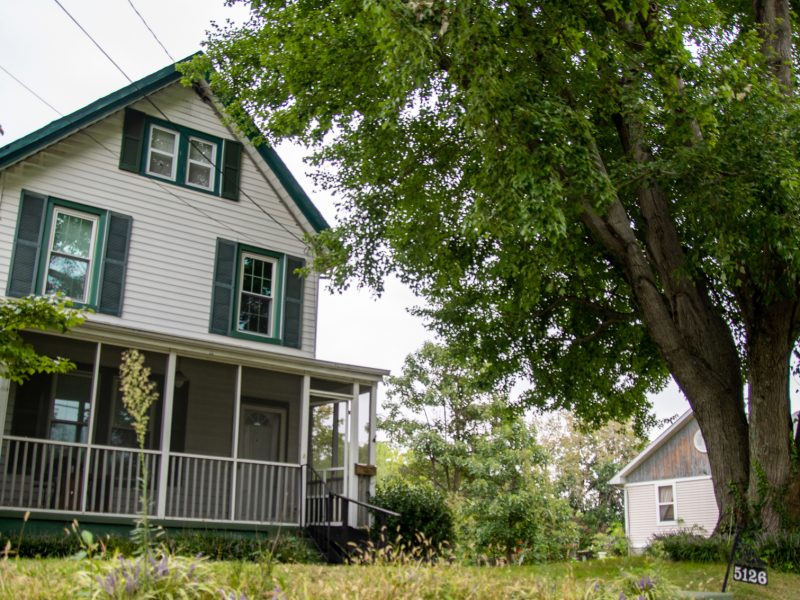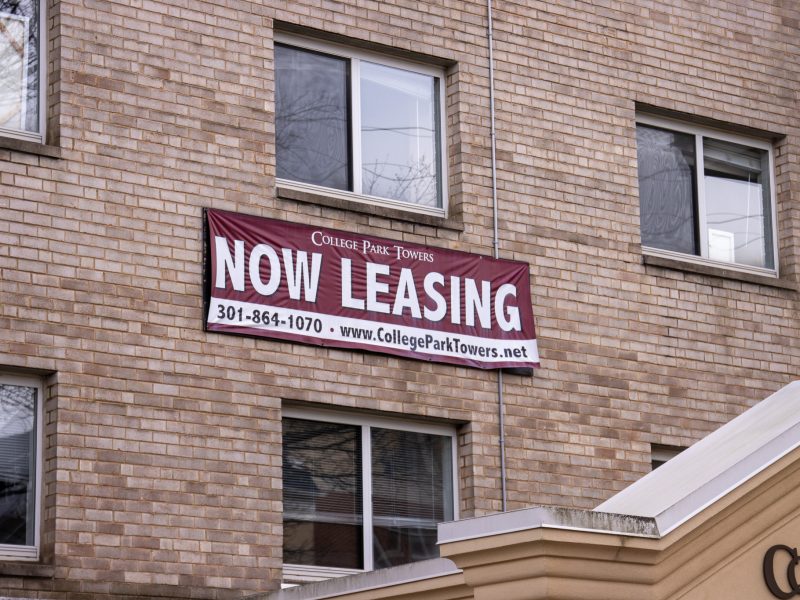A University of Maryland proposal to build a 1,000-space parking lot in a wooded area near Xfinity Center is “pretty much on life support” after the RHA voted against it last month, DOTS executive director David Allen told the College Park City Council on Tuesday night.
With this proposal stalled, this university and the city are considering other ways — such as encouraging carpooling, the use of public transportation and biking — to combat parking losses resulting from campus construction and prevent students’ cars from spilling over into residential neighborhoods.
This university projects to lose about 2,000 campus parking spaces between spring 2017 and fall 2018, in addition to about 1,000 spaces it has lost since spring 2015, according to a city council agenda. The university’s Department of Transportation Services plans to eliminate parking for resident freshmen and sophomores beginning next fall, Allen said.
Allen met with the College Park city council to explain where the spaces will be lost and how this university will address the diminishing on-campus parking. While the loss of spaces may inconvenience some students, staff and faculty, Allen said the campus “is really in a great position right now.”
“We’re adding new buildings,” he said. “When significant construction happens on campus, there’s a bit of pain and gain.”
The department may make exceptions for underclassmen students who need a car to get to internships and jobs, he said. It could also be possible that sophomores will still be able to park on the campus because Cole Field House construction eliminated 500 fewer spaces than originally anticipated, he added.
The expansion of Cole was projected to take 964 parking spaces from lots 1 and Z. However, Allen said recent projections showed that about 500 spaces will not be eliminated due to the construction.
More students may lose the ability to park on the campus if more spaces are lost to the construction of new buildings in the future, he said, but the construction process is very fluid, as the number of spaces that may be lost could fluctuate.
The university is not currently moving forward on plans to build a parking garage in Lot 11, Allen said in response to a question from District 4 Councilwoman Mary Cook.
The cost of building a new garage with 3,000 parking spaces would be more than $100 million, Allen said, and it would drastically increase the price that faculty, staff and students pay to park on the campus.
Construction of the Metro’s proposed Purple Line, which a federal judge halted Nov. 22, would result in a loss of about 550 parking spaces, according to the council agenda.
But the number of people who may choose to commute using the Purple Line rather than their own personal cars would outweigh the spaces lost, Allen said.
This university is exploring options to decrease the number of people who bring cars to campus, such as subsidizing carpooling among faculty and staff, Allen said.
District 1 Councilwoman Christine Nagle voiced her concern that students who can’t park on the campus would still bring their cars to College Park and park in residential neighborhoods.
Allen said this university has had past policies restricting freshmen from having cars, and students who could not have cars on the campus generally did not bring their cars to the city.
College Park Mayor Patrick Wojahn proposed carrying out a comprehensive parking study in the city with the cooperation of this university. College Park needs to find a balance between having enough parking for its residents and also encouraging residents to reduce the use of cars by exploring other means of travel, such as public transportation, Wojahn said.
“What we need to try to do is find a balance,” he said, “We want to make sure people park in the right spaces and have spaces when needed, but we don’t want to encourage people bring their cars when there are other methods of transportation.”



